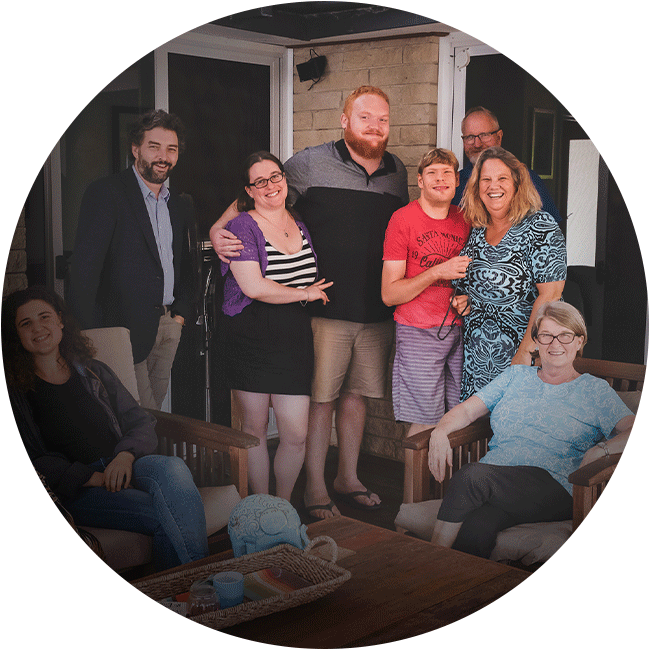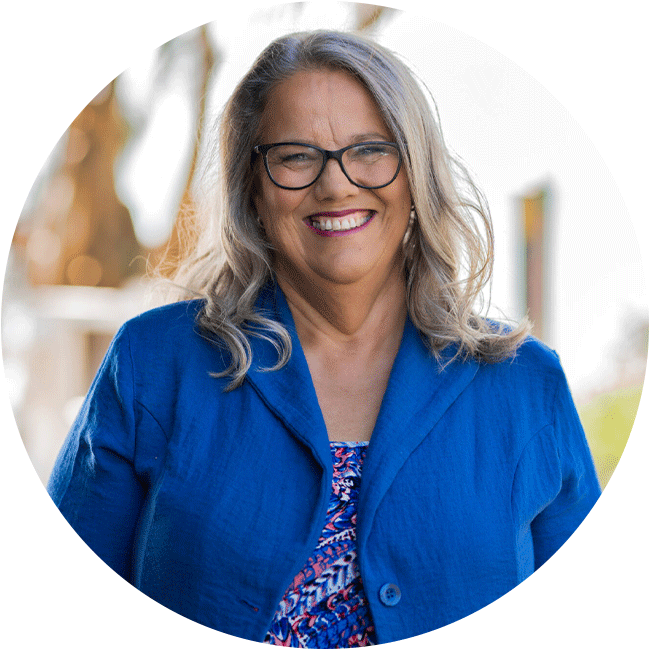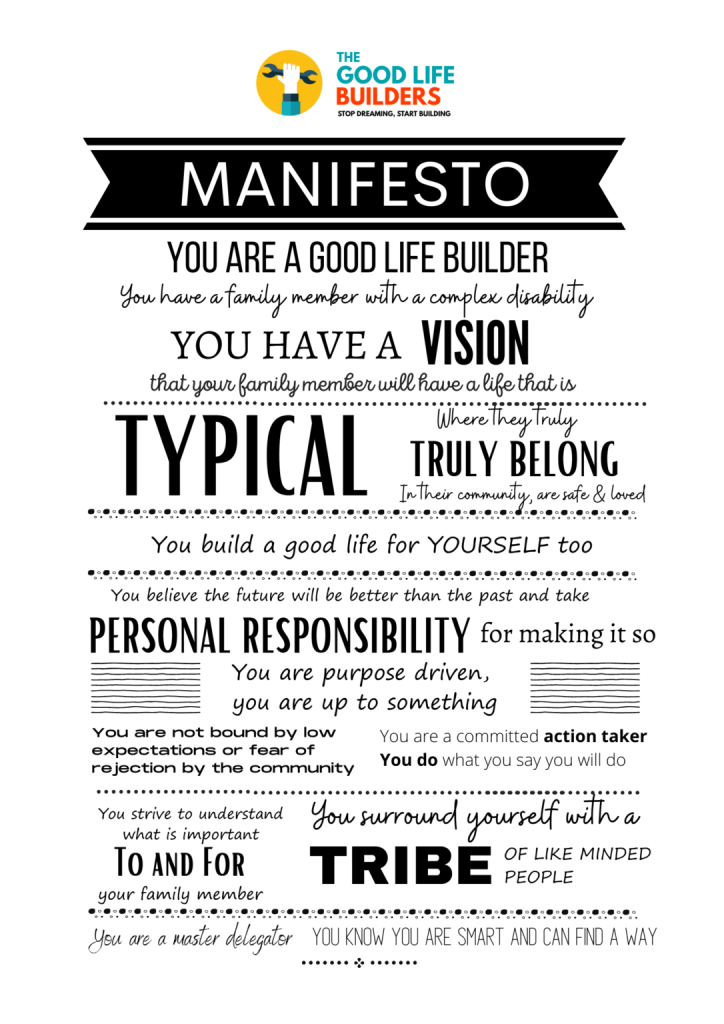
At Inclusion Tree, we believe everyone deserves a good life filled with friendships, security, purpose, and belonging. For many of us, these things develop naturally through everyday experiences. But for individuals with disabilities, accessing a genuinely inclusive, fulfilling life often requires intentional effort, especially when traditional disability services fall short.
That’s where The Good Life Building comes in, they are an online training program that aims to educate families on the “service for one” model and how it can benefit their oved ones.
A good life isn’t defined by grand achievements but daily moments of joy, connection and autonomy. Research and lived experience tell us that a meaningful life includes:
For most people, these elements develop organically. But for individuals with disabilities, especially those with complex support needs, the path to a good life is often blocked by systemic barriers.
Many people with disabilities spend their lives in segregated settings, special schools, day programs, group homes, and sheltered workshops. While these services aim to provide care, they often reinforce isolation rather than inclusion.
1. Generic Support Models
2. Limited Community Connection
3. Lack of Family Control
4. Vulnerability to Abuse & Neglect

A Service-for-One flips the traditional model by focusing exclusively on one person. Instead of fitting into a pre-existing system, the system is built around the individual.
1. Family-Governed Support
2. Deeper Relationships
3. More Cost-Effective
4. Sustainable for the Future
This model is compelling for the following reasons:

“When my son Isaac, who lives with severe and profound disabilities, needed support that truly fit him, I didn’t just look for better services — I built them.”
Sheree Henley’s journey began when she realised traditional disability supports weren’t enough for her son, Isaac, who lives with severe and profound disabilities. Instead of settling, she created Isaac’s Band Pty Ltd, a family-governed, Service-for-One that gives Isaac a proper choice, connection, and quality of life.
Today, as the founder of The Good Life Builders, Sheree helps other families do the same. With a master’s in education, a Diploma in Governance, and a background in business analysis, she combines practical know-how with a deep commitment to inclusion and dignity.
1. Online Training & Workshops
2. One-on-One Mentoring
3. Peer Support Networks
Many families want to create a Service-for-One but don’t know where to start. Their program provides:

1. Building Strong Foundations
2. Creating a Governance Board
3. Recruiting & Leading a Support Team
4. Ongoing Support & Learning
The program can be funded under NDIS Consumables (Support Category 03) as a subscription-based service with:
The following examples are to represent common outcomes.
Example 1: Sarah’s Journey to Independence
Sarah, a young woman with autism, spent years in day programs where she felt bored and disconnected. Her family set up a Service-for-One, hiring support workers who helped her:
Now, Sarah’s life is full of purpose and joy—something her family never thought possible with traditional support.
Example 2: James’ Family Safeguarding His Future
James, a man with Down syndrome, lived with his aging parents, who worried about what would happen when they were gone. They established a micro-board of close friends who now oversee his Service-for-One, ensuring:
The disability support system is slowly shifting toward individualised funding (like the NDIS), but real change happens when families take control. A Service-for-One isn’t just about better support—it’s about:

The Good Life Building offers a proven pathway forward if you’re a family member seeking better, more personalised support for your loved one.
Get in contact today to learn how you can take the first step.
Because everyone deserves a life that’s not just supported—but truly good.
We acknowledge the connections of First Nations People of Australia to the land, sea and community on which we live and work. As custodians of this sacred land we respect and acknowledge Elders, past, present and emerging.